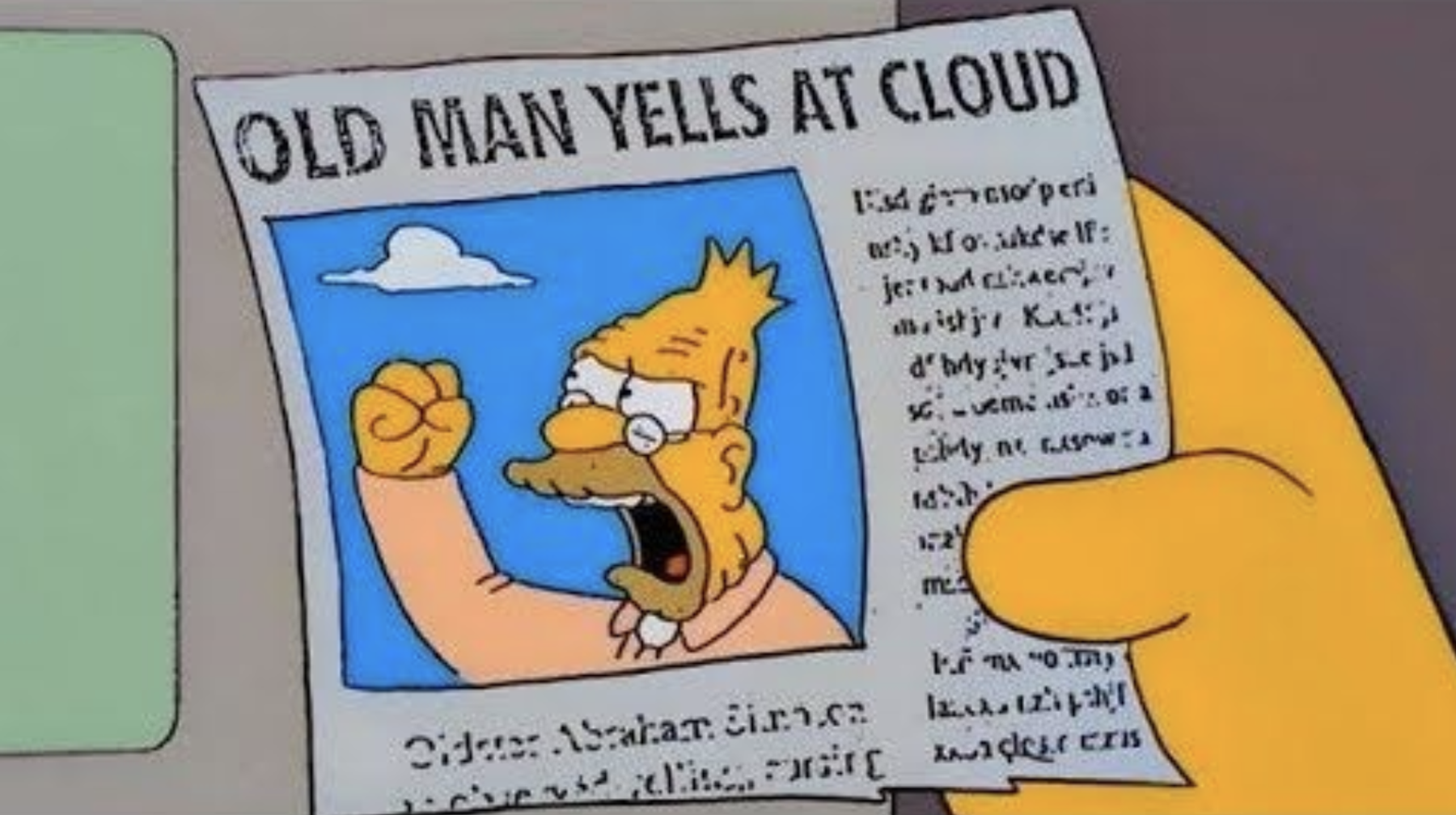Upstatement has grown a ton over the past couple years. We’ve hired talented people who are at wildly varying stages in their lives and careers. Some of us finished college, and some didn’t even start. Some of us came to Upstatement as part of a later-in-life career 180, while others have been designing and coding since grade school. We’ve got specialists, generalists, managers, makers, and plenty of people who are still figuring it out. As we collectively shape our studio, we’re also shaping our individual career paths.
One of our principals, Scott Dasse, has the most career experience of anyone at Upstatement. He’s been designing for twenty-three years—which, as he points out, is like a thousand years in the design world. Trends and technologies change daily. The two core roles of yore—engineer and designer—have splintered and evolved into countless specialties. How is anyone supposed to find their place in the great content ecosystem?

Scott has a few tips for us all. He recently was a guest on the Design Huddle podcast, where he dished out tons of career advice. A few highlights:
On building credibility based solely on great technical skills—AKA, can I just make something pretty, or do I have to talk to clients too?
I think, honestly, doing good work is a simplification. There’s a lot to unpack inside doing good work. It’s communicating well, it’s thinking on your feet. It’s knowing when to edit the ideas down to something that’s achievable. There’s a lot of little things that you need to know how to do to think strategically. But also, it is about pushing pixels around better. That’s part of it. You have to still make something that looks better than everybody else’s.
On needing experience:
Somebody comes and they’re just out of school and they’ve made all this stuff, but it’s not real. It’s not for any client. It’s not on a professional job. They probably spent late nights drinking too much coffee, making their thing and saying, “I made this portfolio site. I made this fictitious product. I made an identity for this brand that I like. I did a rebrand.” I know that there’s criticism of these self-initiated rebranded and things of the like. But if you’re doing that stuff, I see what you can do if I put you on team in a real client project.
So my advice to anybody, it’s just try a lot of stuff. Doesn’t have to be tons of work, but the work has to be qualitatively good and interesting, and I think that’s how you can set yourself apart. But I’ve also seen people who just do really good positioning of ideas, but the graphic design is not super special. But the ideas are really impressive and they can talk about them in a really impressive way. That’s a totally different skillset that puts you in another place to contribute. It doesn’t have to be world-class graphic design all day long.
On perspective and collaboration:
What is also always true is there’s always somebody better at a specific skill than you. There’s always somebody better out there. If I draw letters, there’s always a better type designer out there. If I draw a picture, if I draw a logo, there’s always somebody who’s going to be able to do that better. It’s about making good choices along the way for who you include and who you bring in.
That’s not all! Check out the full episode for hot takes on the maker vs. manager track, if you should really work on your weaknesses, and more. Scott is rarely online (last known sighting: sniping an eBay auction for Gramicci shorts), so this is a once-in-a-lifetime chance to get some free Scott advice.
See our open roles and apply here.
Thanks to Design Huddle, a podcast for creative entrepreneurs and professionals looking to level up in their design careers, hosted by Brandon Goce and Ryan Warrender.




